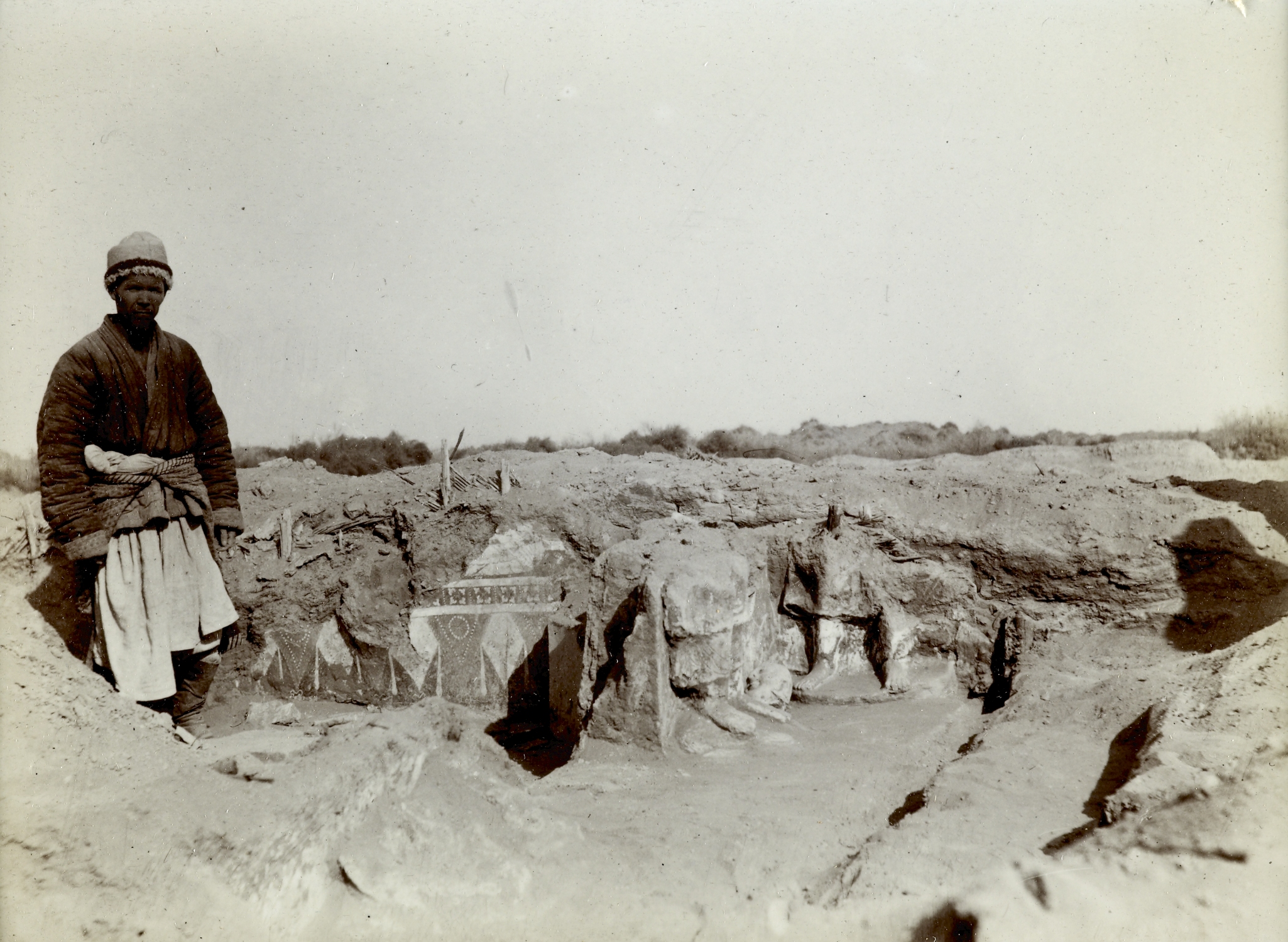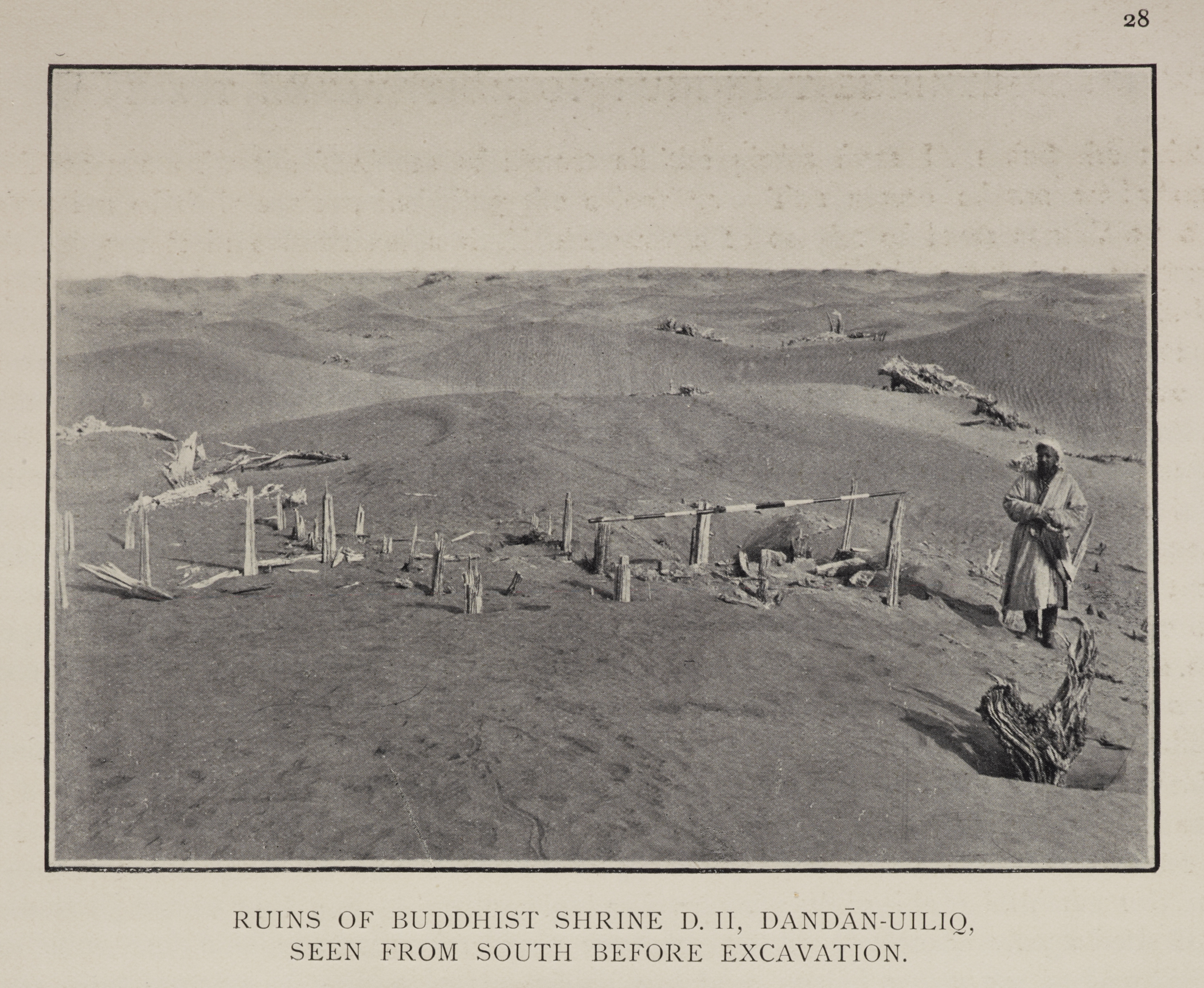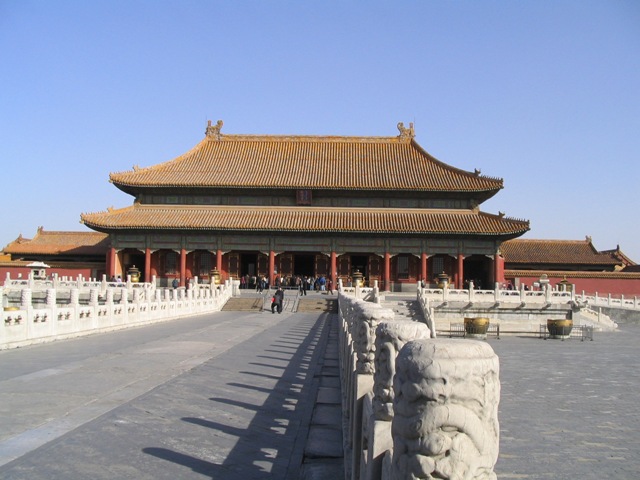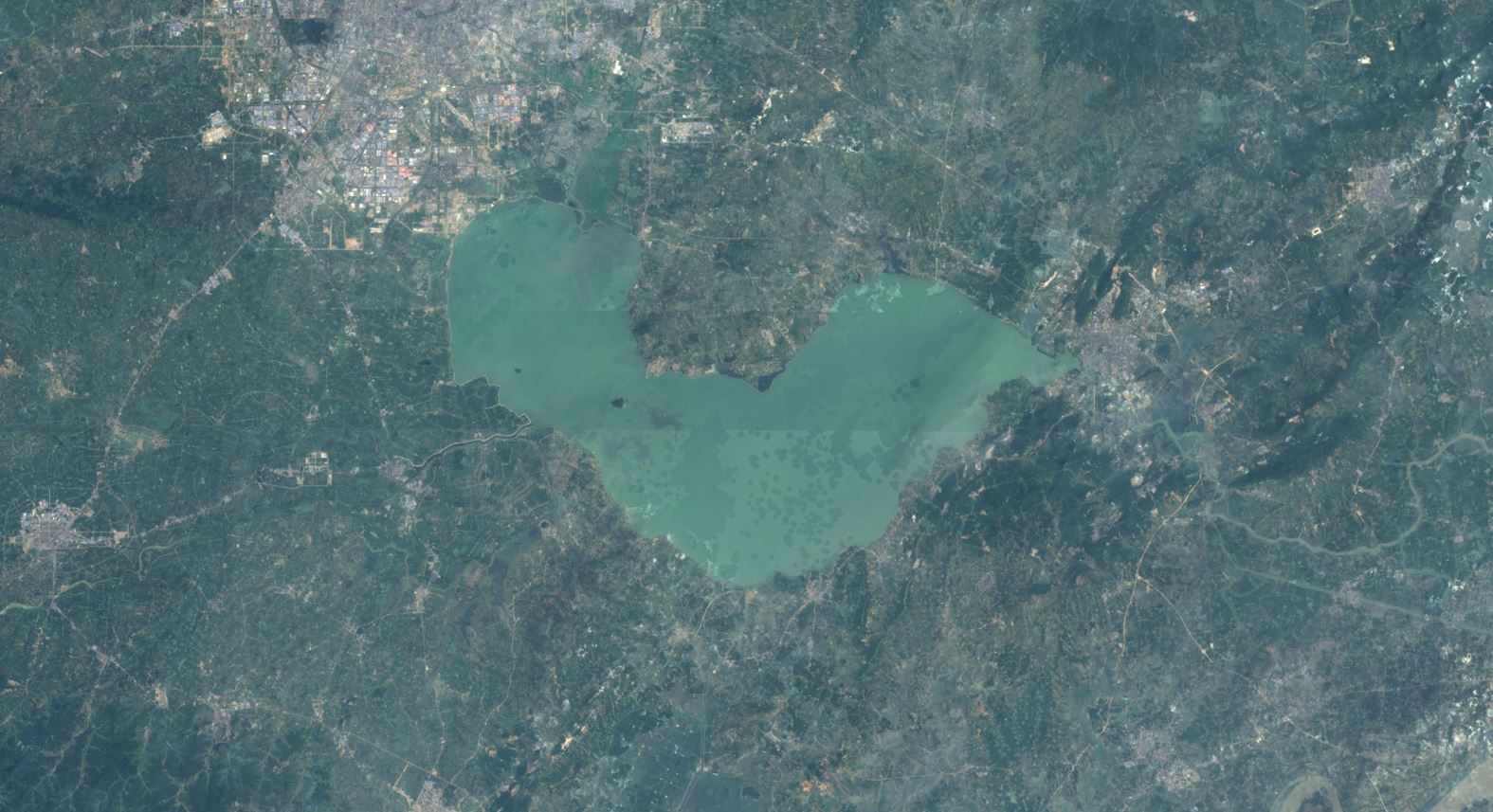Time Periods
Paleolithic
Mesolithic
Neolithic
Chalcolithic
Bronze Age
Iron Age
Classical Period
Post-Classical Period
Early Modern Period
Industrial Period
Contemporary Period
Time Periods
Paleolithic
Mesolithic
Neolithic
Chalcolithic
Bronze Age
Iron Age
Classical Period
Post-Classical Period
Early Modern Period
Industrial Period
Contemporary Period
Location
About
Farhad-beg-yailaki is an archaeological site located on the historic Silk Road within the former Kingdom of Khotan, now part of China. This site features Buddhist shrines dating back to the 4th to 6th centuries CE, showcasing the region's religious and cultural significance during the Late Classical Period. Notably, the site contains statues adorned with floral robes and murals depicting Buddhist mythological figures, such as Hariti and Avalokitesvara. These artistic representations display Sassanian motifs, highlighting the cultural exchanges between Khotan and neighboring regions. The site's art also reflects the Khotanese school of painting, which influenced both Chinese and Tibetan artistic traditions. Artefacts such as terracotta pottery fragments with classical mythological images further emphasize the site's historical value.
Gallery
Explore photographs of ancient structures, artifacts, and archaeological excavations at Farhad-beg-yailaki

Archaeological Features
Explore the unique architectural and cultural elements found at this historical site
Religious and Ritual Structures
Artistic and Decorative Features
Historical Timeline
Journey through time and discover key events in this site's archaeological history
Plan Your Visit
Details
- Country
- China
- Source
- Wikipedia
More Sites in China
Shengle
Ruins of Shengle, ancient capital city

Dandan Oilik
Abandoned oasis town with Buddhist ruins.
Ye (Hebei)
Ancient Chinese city, significant historical capital

Zhaojun Tomb
Honorary tomb with 33-meter burial mound
Liye Ancient City
Ancient city with Qin dynasty artifacts

Chao Hu Lake Archaeological Sites
Ancient settlements in Chao Lake basin